Last time, we lingered in the sunlit courtyards of the Islamic Golden Age, a world of scientific brilliance and poetic genius, where stories could save a life and preserve a nation’s soul. While that world was at its zenith, the continent to its northwest, Europe, was in the midst of a profound transformation. The memory of the Roman Empire was fading, its great roads and aqueducts crumbling. In its place, something new and unruly was being born: a collection of new peoples, new languages, and new ways of seeing the world.
This is a story of a continent forging its own identity out of the ashes of an old empire. It’s a journey that will take us from the misty, monster-haunted moors of the Anglo-Saxons to the perfectly ordered, terrifying circles of Hell. We’ll stand on a stage in London that became a universe for all of human nature, and we’ll end up inside the mind of an ordinary individual, shipwrecked on a deserted island, realizing that his own thoughts are the most compelling story of all. So, stoke the fire, pour a horn of mead, and prepare to hear the tales that shaped a continent.
Monsters in the Mead-Hall: Beowulf
Our journey begins in the cold, damp world of the North Sea, sometime in the early Middle Ages. The poem that survives from this era is a miracle. It exists in a single, scorched manuscript that barely survived a fire in the 18th century. It is the foundational epic of the English language, yet it contains not a single Englishman. It’s a story about Danes, Geats, and Swedes. Its name is Beowulf.To understand Beowulf, you have to understand the mead-hall. In this dark, dangerous world of tribal warfare and unforgiving winters, the king’s great hall was everything. It was a pocket of warmth, light, and community in a world of hostile darkness. It was where the warriors gathered to drink, feast, and listen to the scop, the court poet, sing tales of heroes. The mead-hall was civilization itself.And in the kingdom of the Danes, civilization is under attack. King Hrothgar’s great hall, Heorot, is haunted by a monster named Grendel. Every night, this creature of darkness, a descendant of the biblical Cain, stalks out of the misty fens and slaughters Hrothgar’s warriors in their sleep. He is chaos, envy, and exile, and he cannot stand the sound of the joy and community inside the hall.Into this desperate situation sails our hero, Beowulf, a prince of the Geats from southern Sweden. Beowulf is not a complicated man. He is a hero of the old school, a walking, talking resume of heroic deeds. He’s the strongest man alive, and he’s not shy about it. His introduction is a formal boast, a listing of his past victories against sea monsters and giants. And when he faces Grendel, he decides to fight him on equal terms, with no sword or armor, just the crushing strength of his grip. The battle is short, brutal, and primal. Beowulf tears Grendel’s arm clean off, and the monster flees back to his lair to die.The poem is a fascinating blend of two worlds. The story is set in a pagan, Germanic heroic past, obsessed with honor, loyalty to one’s lord, and the pursuit of fame that will outlast death. But the unknown poet who wrote it down was a Christian, looking back on this world with a sense of admiration and melancholy. The poem is haunted by a feeling of doom, of the Anglo-Saxon concept of wyrd, or fate. There’s a constant awareness that all things pass away. Even after Beowulf defeats Grendel’s monstrous mother in her underwater lair, the mood is not one of pure triumph. The poet knows that even the greatest hero and the strongest kingdom are subject to the decay of time.
This feeling culminates in the poem’s final act. Fifty years later, Beowulf is an old king. His own kingdom is threatened by a dragon, awakened when a thief steals a cup from its ancient treasure hoard. The dragon represents pure greed and destruction. Beowulf, though old, knows it is his duty to face it. The battle is his last. He kills the dragon, but is mortally wounded in the process. He dies a hero’s death, protecting his people, but his end is somber. His people know that without their great protector, their kingdom is now vulnerable, surrounded by enemies. Beowulf is a heroic poem, but it’s a heroic poem with a sigh at its heart, a lament for the fragility of all human endeavors.
The Icelandic Sagas: When Your Neighbor is a Viking
While Beowulf gives us a mythic, elevated view of the heroic world, a different kind of storytelling was taking root in one of the most remote and unlikely places on earth: Iceland. Settled by fiercely independent Norse chieftains fleeing the rule of a Norwegian king, medieval Iceland was a unique society with no king, a complex legal system, and a deep obsession with family history.
This obsession gave rise to the Sagas. Written in Old Norse prose, the Sagas are not myths about gods and monsters; they are gritty, realistic, and often darkly funny stories about the lives, loves, and, most of all, the feuds of the first families of Iceland.
Reading a Saga is like being dropped into a small, tough community where everyone knows everyone, and everyone holds a grudge. The style is famously laconic and understated. The narrator reports events with a cool, journalistic detachment. A character might deliver a witty, devastating insult, and then the next sentence will be something like, “Skarphedinn then ran up and clove his skull to the teeth with his axe.” There are no long descriptions of a character’s inner turmoil. Their feelings are shown purely through their actions and their sharp, often brutal, dialogue.
These are stories about how small slights can spiral into generations of bloodshed. They are obsessed with honor, reputation, and the law. In fact, some of the most dramatic scenes take place not on the battlefield, but at the Althing, the annual legal assembly, where a clever lawyer could destroy an enemy as effectively as a warrior could. Characters like Egil Skallagrimsson, from his own saga, are fascinatingly complex: a brilliant, sensitive poet who is also a greedy, ugly, and terrifyingly violent berserker. The Icelandic Sagas give us a window into a world where life was harsh, and people were harder. They are the ancestors of the modern realist novel, written by Vikings.
Dante’s Divine Comedy: Mapping the Afterlife
As we move from the cold north into the heart of the High Middle Ages, the literary landscape changes dramatically. The chaotic, tribal world is giving way to burgeoning city-states, the rise of universities, and, above all, the vast, unifying intellectual and spiritual structure of the Catholic Church. And one man, an angry, heartbroken exile from Florence, Italy, would take that entire structure and turn it into the greatest poem of the age.
His name was Dante Alighieri, and his masterpiece, The Divine Comedy, is an act of staggering imaginative audacity. It is an epic poem, but its subject is not a war or a hero’s quest. Its subject is the entire Christian cosmos. It is a literal journey through the three realms of the afterlife: Hell (Inferno), Purgatory (Purgatorio), and Heaven (Paradiso).Dante wrote it not in Latin, the language of scholarship, but in his native Tuscan dialect, a bold move that effectively created the modern Italian language. The story is both universal and deeply personal. It begins on Good Friday in the year 1300, with the character of Dante, lost in a “dark wood” of sin and confusion in the middle of his life. He is rescued by a guide sent from heaven: the shade of the great Roman poet Virgil, whom Dante revered as his master.
Down into the Inferno
Virgil represents human reason, and he can guide Dante on the first part of his journey: a descent into Hell. Dante’s Inferno is one of the most terrifying and brilliantly organized visions in all of literature. This is not just a pit of fire. It is a vast, funnel-shaped abyss, organized into nine concentric circles, each one punishing a specific category of sin, with the punishments getting worse the deeper they go.The organizing principle of Hell is contrapasso, “the suffering of the opposite.” The punishment is a twisted, poetic reflection of the sin itself. The lustful, who were swept away by their passions in life, are now forever swept about in a relentless, dark storm. The gluttons, who wallowed in excess, now lie in an icy, stinking slush, mauled by a three-headed dog. The wrathful tear each other apart in the muddy river Styx. And in the deepest, frozen center of Hell is Satan, a monstrous, three-faced parody of the Holy Trinity, chewing on the three greatest traitors in history: Judas Iscariot, Brutus, and Cassius.But Dante’s Hell is not just a theological blueprint. It’s a who’s who of history, mythology, and 14th-century Florence. Dante, with breathtaking audacity, places his personal and political enemies in the most grotesque corners of Hell, writing them detailed tickets to eternal damnation. The journey is an allegory for the soul’s path to God. Before Dante can ascend, he must first descend and fully understand the nature of every sin. It’s a terrifying, beautiful, and intellectually dazzling piece of world-building, a cathedral of verse that mapped the moral universe of the Middle Ages.
The Man from Stratford
We now leap forward two centuries, across the Alps, to England. The medieval world of Dante is giving way to the Renaissance, an age of humanism, exploration, and a new confidence in the potential of mankind. And in London, a new form of mass entertainment has taken the city by storm: the professional public theater. It was loud, crowded, and wildly popular. And its greatest practitioner was a glove-maker’s son from Stratford-upon-Avon named William Shakespeare.
We know surprisingly little about Shakespeare the man. But his work—some 38 plays and 154 sonnets—constitutes what is likely the most influential body of literature ever created by a single person. He was a working playwright, an actor, and a businessman who had to write hits that would appeal to everyone, from the illiterate “groundlings” standing in the mud in front of the stage to the Queen herself.
The Invention of the Human
Shakespeare’s genius was his boundless empathy and his unparalleled command of language. The literary critic Harold Bloom famously argued that Shakespeare “invented the human,” by which he meant that Shakespeare created characters with a degree of psychological depth, ambiguity, and self-awareness that had never been seen before.Before Shakespeare, characters tended to be defined by their external actions or their social role. Shakespeare’s great characters are defined by their inner lives. Think of Hamlet. He is arguably the first modern literary character. He is paralyzed by thought. We watch him think, doubt, and talk to himself in his soliloquies. His drama is not just about avenging his father’s murder; it’s the drama of a brilliant mind at war with itself. He is a consciousness wrestling with the very nature of existence.
Think of Macbeth, a good and brave man whose mind is poisoned by a prophecy and his own “vaulting ambition.” We don’t just see him commit murder; we are taken inside his head as he spirals into paranoia, tyranny, and despair. Or think of a character like Falstaff, the fat, cowardly, drunken knight from the Henry IV plays. He is a supporting character who is so full of wit, life, and anarchic energy that he constantly threatens to take over the entire story.
Shakespeare did all this with language that was, and is, simply breathtaking. He had a vocabulary larger than any other writer, and he invented thousands of words and phrases that we still use every day. His mastery of blank verse—iambic pentameter—created a flexible, muscular poetic line that could capture the rhythm of natural speech while elevating it to the highest art. In his plays, he created a portable universe that seemed to contain every facet of human experience, from kings to clowns, from transcendent love to base cruelty, from philosophical wonder to the dirtiest of jokes.
I Think, Therefore I Read
As we move from the Renaissance into the 17th and 18th centuries, a period known as the Enlightenment or the Age of Reason, the focus of literature shifts once more. The new heroes are science, logic, and the individual. And for a new kind of reader, a new kind of story was born: the novel.
The novel as we know it was the product of new social forces: a rising, literate middle class with money to spend and leisure time to fill. This new audience wasn’t necessarily interested in the fates of tragic kings or ancient heroes. They wanted to read stories about people like them, facing recognizable problems in a realistic world. The novel, a long story written in prose, was the perfect vehicle. Its great innovation was its realism and its intense focus on individual consciousness.
A Man on an Island, A Woman in a Drawing Room
Two books from this period perfectly illustrate this new direction. The first is Daniel Defoe’s Robinson Crusoe. It tells the story of a man shipwrecked on a deserted island who survives for decades through his own hard work, ingenuity, and reason. The story is told as a supposedly true account, and what captivated readers was its incredible detail. We read, step by step, how Crusoe builds his shelter, learns to make pottery, domesticates goats, and grows his crops. It is the ultimate story of the self-reliant individual mastering his environment. And it is told through his journal, giving us direct access to his thoughts, his fears, and his calculations.
Then came Samuel Richardson’s Pamela, a novel with a very different kind of drama. It is an epistolary novel, meaning it’s told entirely through letters written by the main character. Pamela is a 15-year-old servant girl whose wealthy master, Mr. B, is trying to seduce her. The novel consists of the breathless, moment-by-moment letters she writes to her parents, detailing her struggle to defend her virtue. This format was revolutionary. It allowed readers to feel as if they were inside Pamela’s head, experiencing her terror, her piety, and her emotional turmoil in real time. The drama wasn’t on a battlefield; it was in the mind and heart of an ordinary young woman.
This was the great shift. The hero of the story was no longer a warrior, a saint, or a king. The hero was an individual mind. The primary subject of literature was becoming the self. The epic journey was no longer to the underworld or across the sea, but into the vast and complex landscape of human consciousness.
From the heroic but doomed world of Beowulf, through the divine order of Dante and the human universe of Shakespeare, to the rise of the individual in the early novel, the literature of Europe had undergone a profound evolution. It had moved from the mythic to the realistic, from the collective to the personal, from the actions of the body to the inner workings of the mind.
But while the Enlightenment was celebrating the triumphs of reason, a different kind of literature was brewing in the vast, cold lands to the east. A literature that would reject tidy reason and instead dive headfirst into the messy, contradictory, spiritual, and terrifying depths of the human soul. Next time, our journey takes us to Russia, to grapple with the monumental psychological novels of masters like Dostoevsky and Tolstoy. Join me as we explore “The Soul of the Steppe.”
List of Episodes in the Series
The Story of Literature EP1 | The First Scribes: Tales from the Fertile Crescent
The Story of Literature EP2 | Echoes of Olympus: The Greek and Roman Foundations
The Story of Literature EP3 | The Ocean of Stories: Epics and Wisdom of South Asia
The Story of Literature EP4 | The Brush and the Sword: Poetry and Philosophy in East Asia
The Story of Literature EP6 | Forging a Continent: From Beowulf to the Enlightenment
The Story of Literature EP7 | The Soul of the Steppe: The Great Russian Psychological Novel
The Story of Literature EP8 | Magic and Memory: The Boom of Latin American Literature
The Story of Literature EP9 | The Griot’s Legacy: Oral Traditions and Post-Colonial Voices of Africa
The Story of Literature EP10 | The Global Bookshelf: Migration, Identity, and the 21st-Century Story
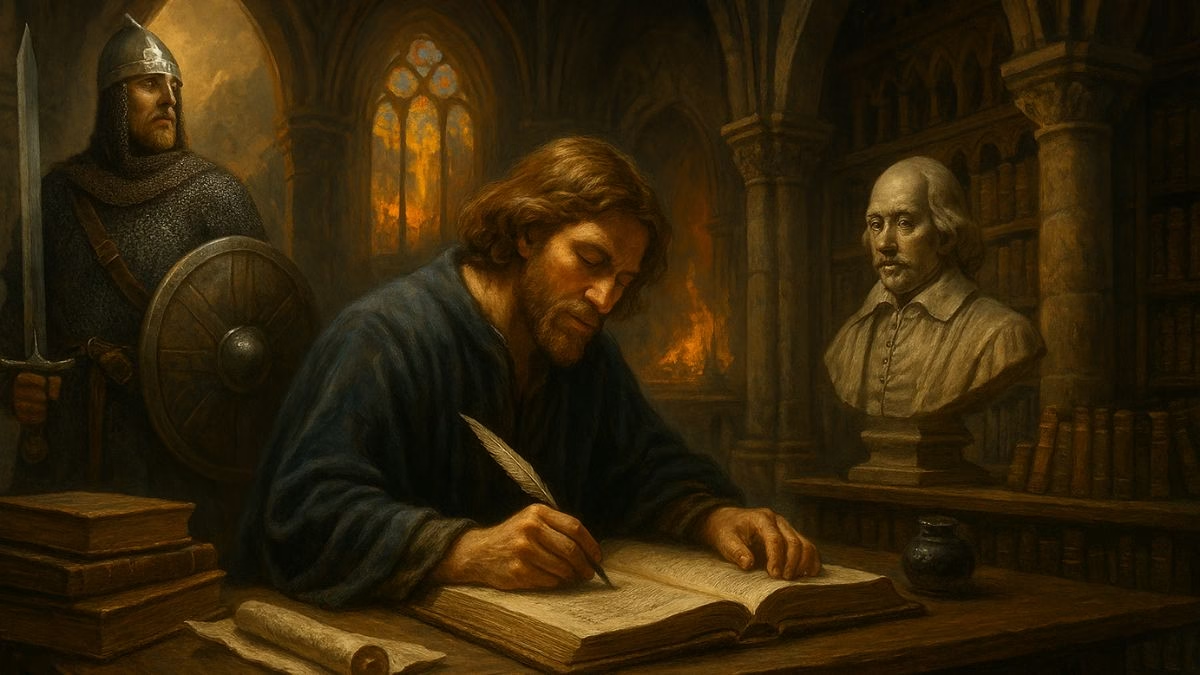
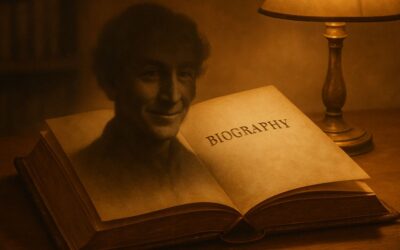
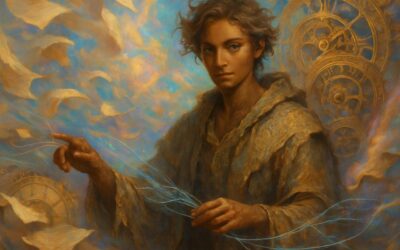
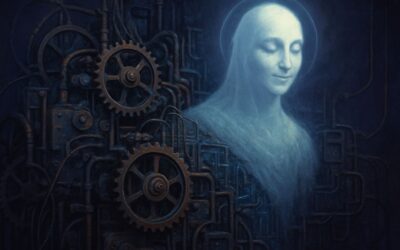
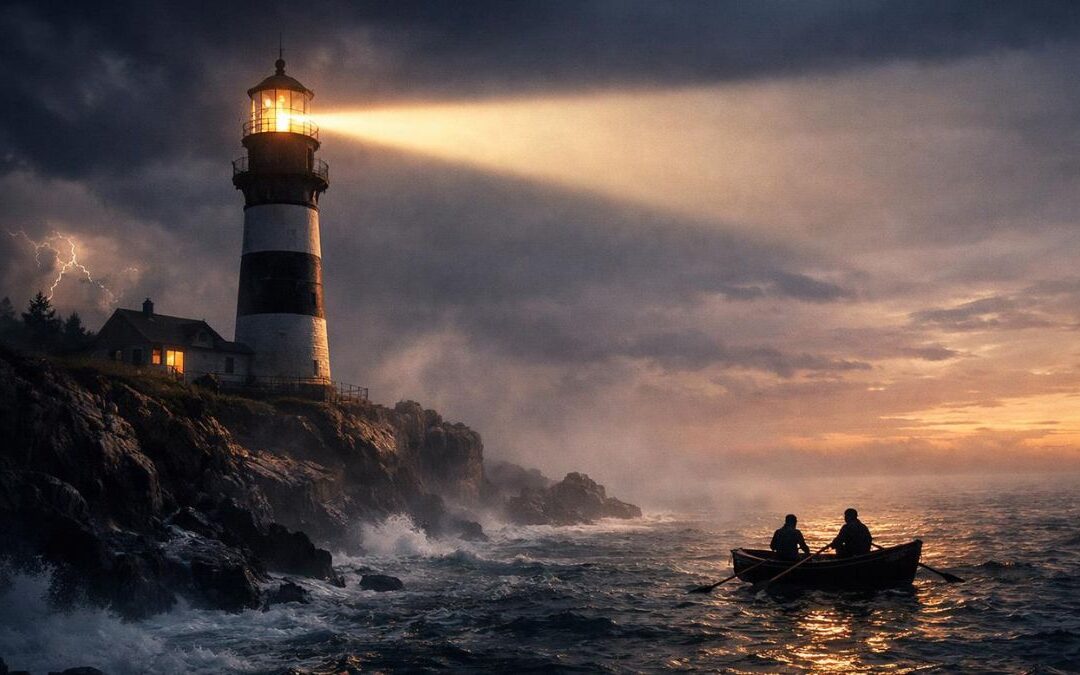



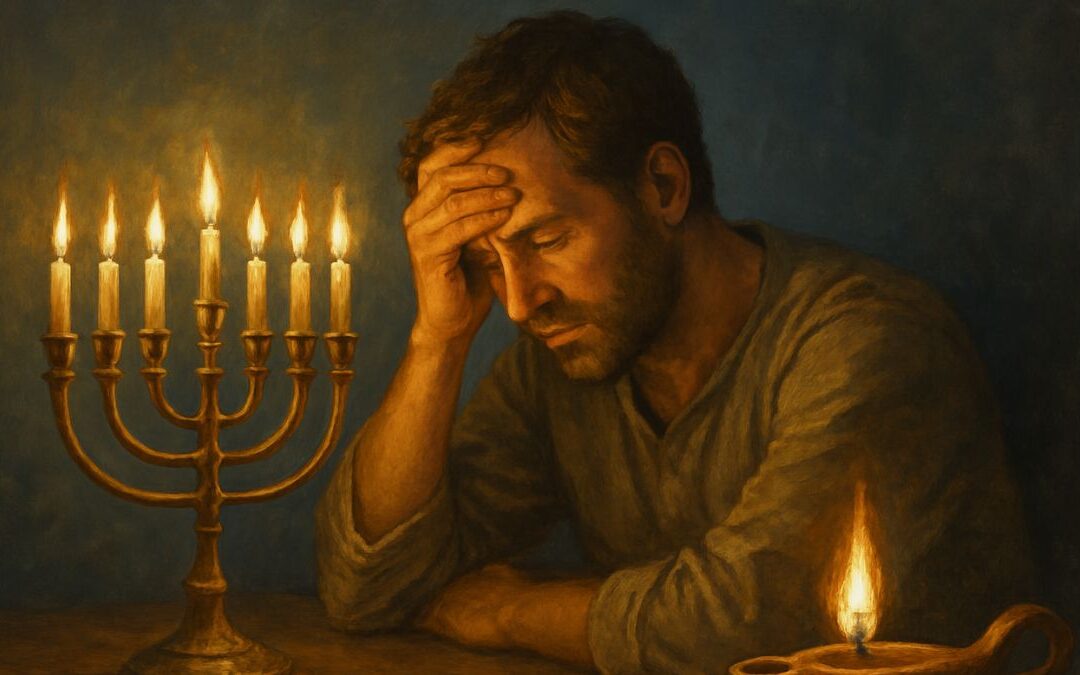
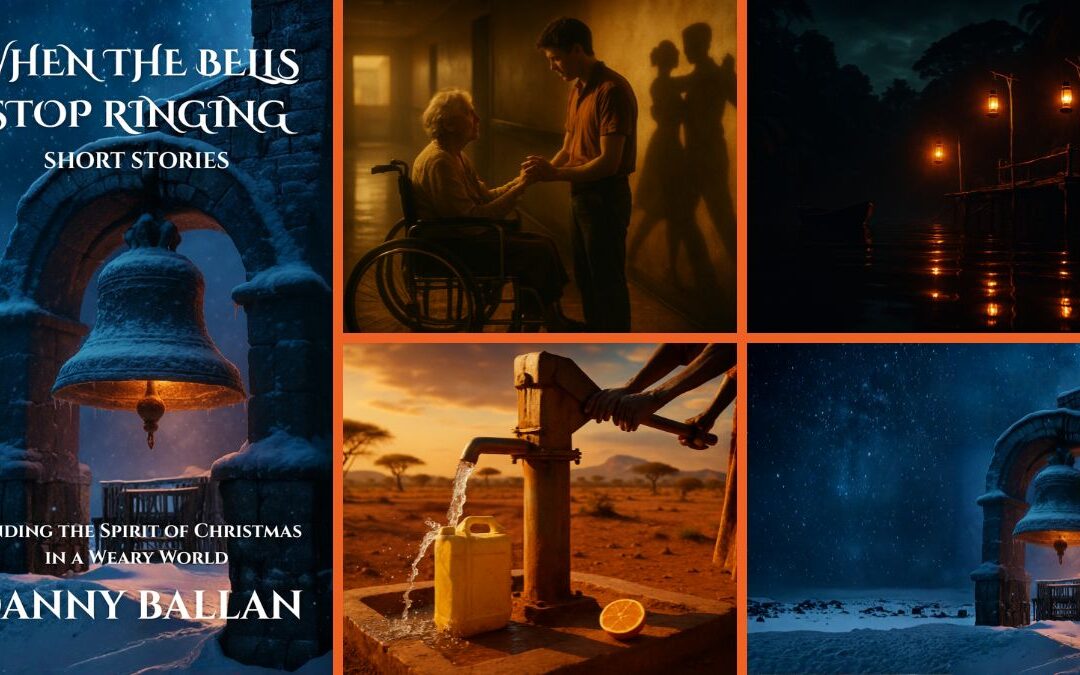
0 Comments